Holley Restomods the '72-'93 Dodge D100 Pickups
Holley is about to do for ’72-’93 Dodge D-100 pickups what it did for ’67-’72 GM C-10 trucks, which is to raise their performance profile exponentially and make those old Dodge trucks highly sought after.
You may recall the Warlock, a special edition Dodge truck from the ’70s, along with the L’il Red Express, both prized by collectors. But as Holley noted, once they had reached that number of limited production trucks, Dodge returned to their regularly scheduled programming. It wasn’t until much later, when Dodge trucks all became Rams, that they built another hot rod hauler.
It should come as no surprise that Holley, with its vast array of performance products, has found a way to modify those ’72-’93 Dodge D100s, and has packaged them in a way that works almost effortlessly. The plan they’ve put together is deceptively simple, and it starts as they did, in finding a D100 in decent shape. The ’84 Dodge Ram D100 in Beige Sand that they chose is about as innocuous as they come, outside of a slightly lowered stance and their selection of wheels and tires. Nice, but hardly a predecessor to today’s TRX, right?
That was before they took the anemic 318 V8 out, and in its place installed a 392 from a 2015 Dodge Challenger R/T Scat Pack, with 485 HP and 475 ft/lbs of torque. The 6.4-liter Hemi and the Tremec TR6060 that came with it will fit nicely in the Dodge’s engine bay, using Hooker BHS528 Blackheart motor mounts, a BHS525 transmission cross member, 71223029HKR polyurethane transmission mount, and a BHS528 transmission adapter.
Mopar Performance’s 392 crate Hemi engine kit, part number 77072454AF, contains the power distribution center, accelerator pedal, engine wiring harness, chassis harness, sensors, and the powertrain control module (PCM) needed to connect today’s technology with that of the past. Fuel is provided by a custom sending unit with a 255 LPH 12-935 fuel pump, and a 19-390 returnless regulator, used inside a ’92-’93 Dodge fuel tank. The Tremec transmission uses a Bowler Magnum tail shaft conversion and a Hurst Blackjack 3918309 short-throw with a Hurst 5384331 Hurst shifter stick. Custom cast-iron, prototype exhaust manifolds, and replacement catalytic converters for a 2015 Dodge Challenger are used along with a Hooker Blackheart BH2356 exhaust kit that imitates the factory’s side-exit exhaust.
A later-model Dodge D-series clutch master cylinder is used with a factory replacement Hellcat dual-disk clutch and hydraulic slave cylinder, transmitting power through an Inland Empire driveshaft to the 4.10-geared, limited-slip rear axle. A set of modified Dodge B-series van control arms were used to lower the front end, with a custom-made flip kit in the rear.
All in, Holley spent roughly $17,000 on their D100, including $6,500 for the truck itself, and $5,000 for the engine and transmission. One of two trucks like this that Holley assembled to test how well all the components worked together, the other differed in that it used an automatic, and is a long bed. In the past, I took one of Holley’s C-10 trucks for a drive, and if that was any indication, the D100 will put a big smile on your face.
[Images: Holley, Ram]
With a father who owned a dealership, I literally grew up in the business. After college, I worked for GM, Nissan and Mazda, writing articles for automotive enthusiast magazines as a side gig. I discovered you could make a living selling ad space at Four Wheeler magazine, before I moved on to selling TV for the National Hot Rod Association. After that, I started Roadhouse, a marketing, advertising and PR firm dedicated to the automotive, outdoor/apparel, and entertainment industries. Through the years, I continued writing, shooting, and editing. It keep things interesting.
More by Jason R. Sakurai
Latest Car Reviews
Read moreLatest Product Reviews
Read moreRecent Comments
- SCE to AUX I hope they're buying good lawyers, too.
- SCE to AUX Nothing to see here. Gas prices 2021-23 were the same as they were in 2007-2008, adjusted for inflation. The R's were in charge then.https://www.randomuseless.info/gasprice/gasprice.html
- VoGhost Just reminding us all that we have to tolerate dealers (many of whom are billionaires) in the US if we want new legacy ICE vehicles because the dealers pay for the campaigns of local politicians, with our money.
- 1995 SC I'm still trying to get past the fact that the Red Bull guy is married to a Spice Girl.
- Ravenuer Not into F1. Started watching NASCAR back when they raced actual cars. (yeah I'm that old). Not any more. They aren't "stock cars" now. Not even close. Even drag races don't interest me anymore. Races are over in 3 seconds.



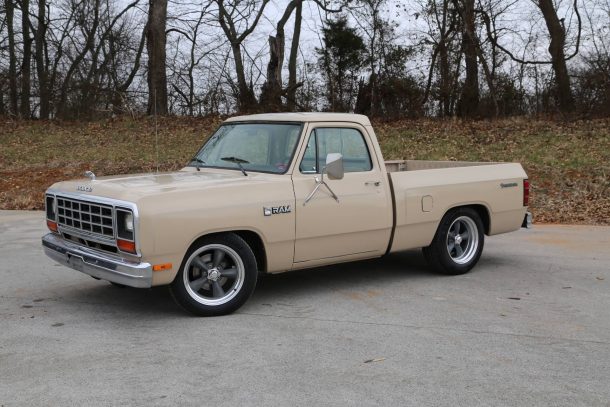




















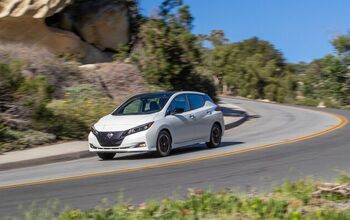
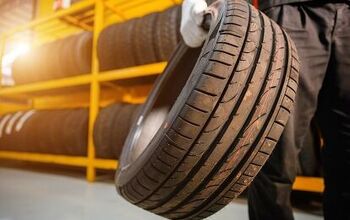
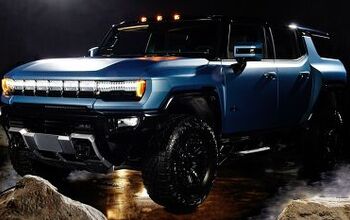



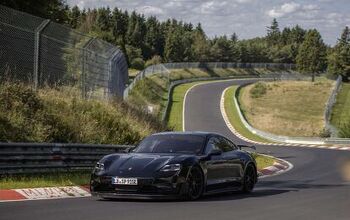

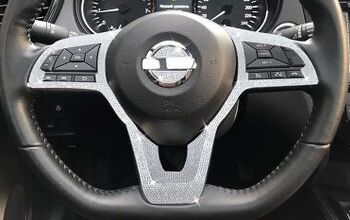
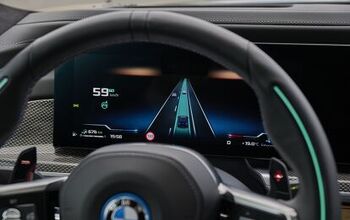
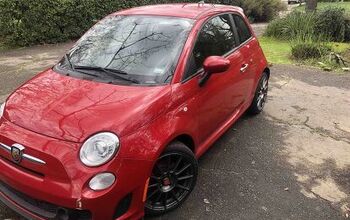
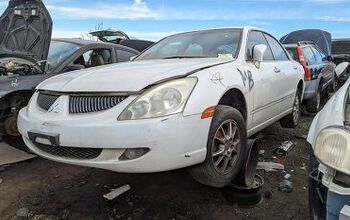

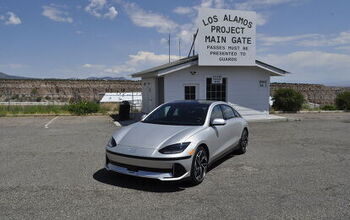

Comments
Join the conversation
FYI..."restomod" is not a real word. Yay professionalism!
I dig it but would rather put chevy power under the hood. So much easier to find and work on than dodge